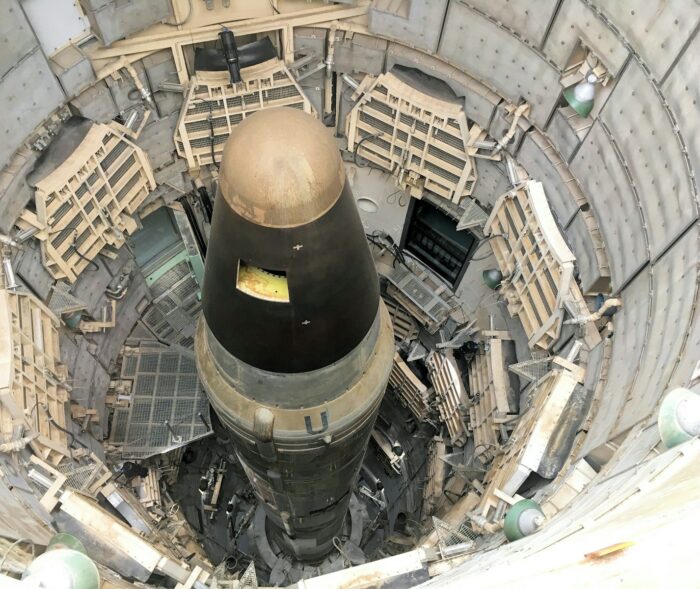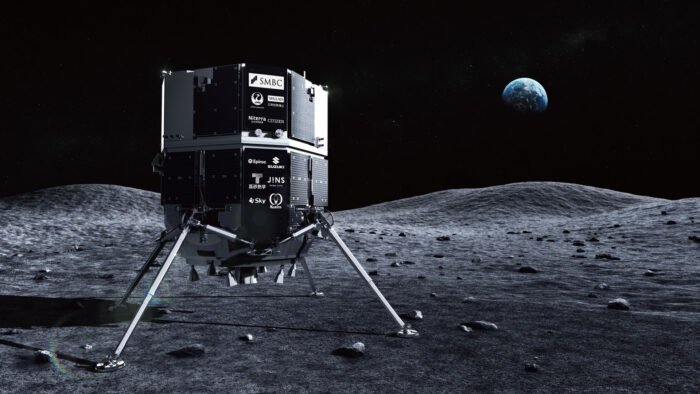Insider Brief
- A study explored how quantum annealing, a quantum computing technique, can optimize spacecraft trajectories, using an Earth-to-Mars mission as a test case.
- Hybrid quantum-classical solvers delivered reliable and efficient trajectory solutions, while fully quantum solvers faced limitations due to current hardware constraints.
- Advancements in quantum technology could revolutionize space mission planning, enabling more complex and cost-effective interplanetary travel.
Researchers, reporting their findings in a Astrodynamics study, suggests quantum computing, specifically quantum annealing, could reshape how spacecraft plan their trajectories for interplanetary missions.
Focusing on a low-thrust Earth-to-Mars transfer, the research demonstrates that hybrid quantum-classical methods can deliver robust and efficient solutions while showcasing the challenges faced by fully quantum approaches. Although promising, the findings do indicate that quantum computing is not quite mature enough just yet to replace traditional methods in the complex field of aerospace mission planning.
A New Approach to Space Trajectories
Planning a spacecraft’s trajectory is as critical task in mission design as it is complex. From minimizing fuel consumption to ensuring precise arrival times, optimized paths can determine a mission’s cost, efficiency and success. Traditional methods rely heavily on calculus-based approaches and numerical optimization, both of which grow exponentially more complex as mission parameters increase. This study proposes a new solution, leveraging quantum annealing to tackle these optimization problems.
Led by a team of scientists from Sapienza University of Rome, the research reformulates the trajectory optimization problem into a format compatible with quantum annealers. Using a pseudospectral method, the team discretized the spacecraft’s path into manageable points and transformed the problem into a binary optimization format. In plain language, this means the researchers broke down the spacecraft’s path into manageable points and used math to connect them, making the problem easier for computers to solve.
Ultimately, this process allowed the use of D-Wave’s quantum systems to explore solutions that would otherwise be computationally intensive for classical methods.
Earth-to-Mars: A Test Case
To test their approach, the researchers used an Earth-to-Mars transfer scenario — that’s a common benchmark in aerospace engineering due to its complexity and practical relevance. Simplifications, such as assuming circular orbits and a fixed flight time, reduced the problem size to fit within the capabilities of current quantum annealers. The hybrid solver, which combines classical preprocessing with quantum annealing, demonstrated remarkable reliability, generating trajectories comparable to traditional methods.
In contrast, the fully quantum solver, while faster in individual iterations, struggled with convergence and accuracy. Hybrid solvers typically required just six iterations to produce robust solutions, while fully quantum solvers needed upwards of 55 iterations for a simplified version of the problem.
Overall, this highlights the limitations of current quantum hardware, which can process fewer variables and struggles with embedding complex problems effectively.
The Space Mission Implications
These findings have significant implications for space exploration. Optimized trajectories are not just a matter of cutting costs — they are critical for enabling missions to reach farther destinations, carry larger payloads and adapt to dynamic mission requirements. The research demonstrates that hybrid solvers can already offer practical value for certain mission scenarios, bringing quantum computing into the realm of real-world space applications.
However, the study also reveals that fully quantum solvers remain constrained by hardware limitations. The D-Wave Advantage system used in the research, for example, is limited to handling about 5,000 qubits. Translating complex aerospace problems into this framework often requires resource-intensive embedding techniques, which introduce noise and limit scalability.
Quantum Computers… To The Moon?
The paper presents the tantalizing possibilities of using the computational strengths of quantum computers to certain tasks in managing and optimizing space travel. However, the researchers also acknowledge there’s a lot of work to do.
However, as quantum computing technology advances, its role in space mission planning could grow significantly. Improvements in qubit coherence, connectivity and embedding efficiency are needed to handle larger and more intricate problems. Additionally, expanding the scope of quantum annealing to include multi-planet trajectories or variable thrust profiles could unlock new possibilities for mission design.
Share this article:










